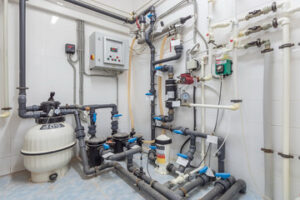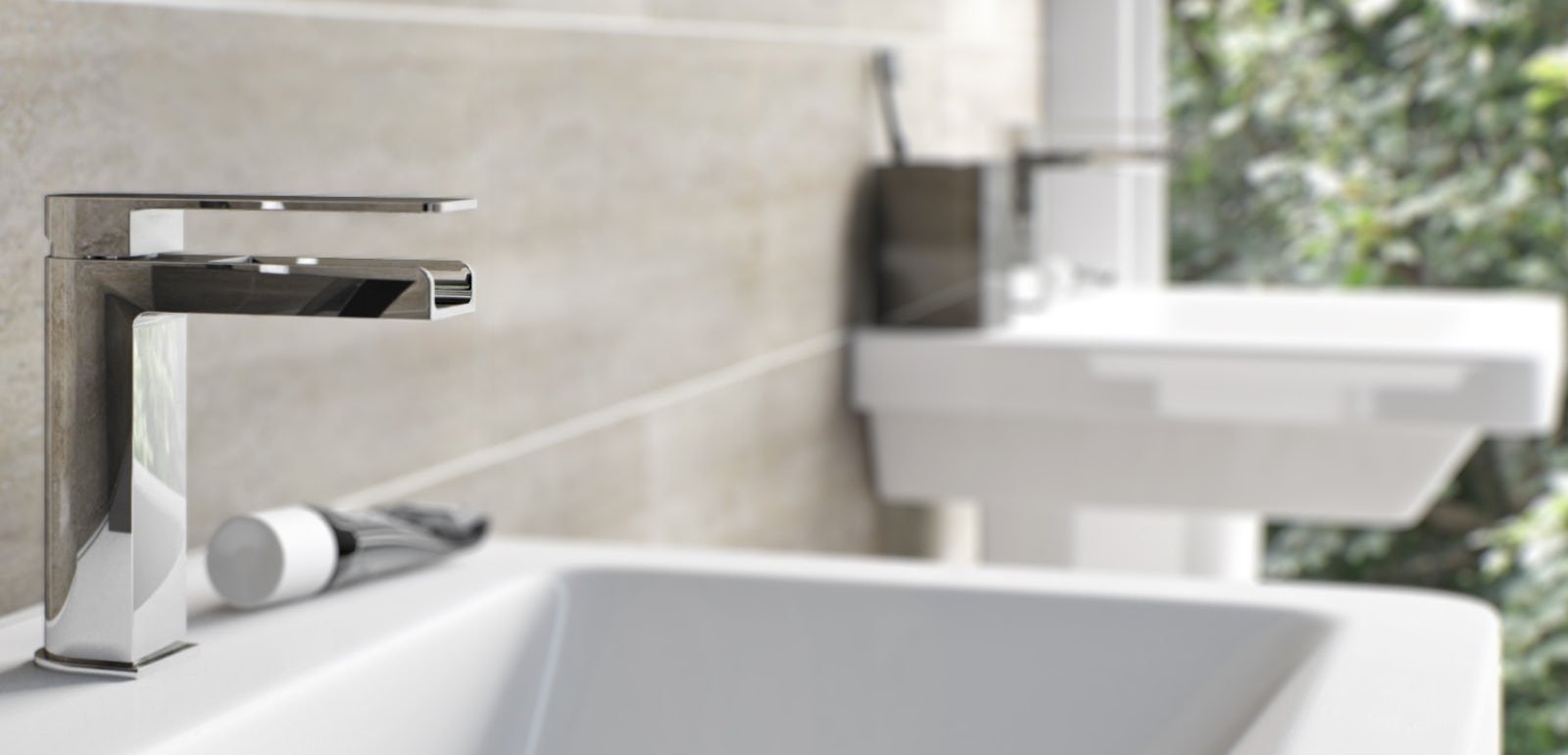Delving into the Basics of Home Plumbing: A Beginner's Tutorial
Delving into the Basics of Home Plumbing: A Beginner's Tutorial
Blog Article
Do you find yourself interested in advice about Plumbing Basics For Every Home: The HomeTriangle Guide?

Plumbing is an essential element of any home, in charge of supplying tidy water for drinking, cooking, and showering, as well as getting rid of wastewater securely. Understanding the essentials of home plumbing is necessary for every single home owner to guarantee correct upkeep, troubleshooting, and, if needed, repair services. In this novice's guide, we'll cover the basic principles of home plumbing to aid you end up being much more acquainted with just how it functions.
Water Supply System
The water system brings clean water into your home from a community water resource or an exclusive well. It contains a main water line that connects to your home's plumbing system, normally located underground. A water meter measures the quantity of water consumed, while a shut-off shutoff permits you to control the flow of water into your home.
Plumbing Fixtures
Plumbing fixtures are devices that provide water to various parts of your home and consist of sinks, faucets, toilets, showers, tubs, and appliances such as dish washers and washing equipments. Each fixture is connected to the water system using pipelines and installations and may have its shut-off shutoff for upkeep or emergencies.
Water Heating Unit
The water heating system is accountable for home heating water for domestic use, consisting of showering, food preparation, and cleansing. Usual types of hot water heater consist of tank-type hot water heater, tankless (on-demand) water heaters, and heat pump water heaters. The hot water heater is linked to the water system and supplies hot water to plumbing components as required.
Drainage System
The drain system gets rid of wastewater from your home and brings it away to a sewer treatment facility or septic tank. It includes a network of pipelines, fittings, and components that move wastewater from plumbing components to the major sewage system line or septic tank. Correct drainage is vital to stop blockages, backups, and sewer leaks.
Ventilation System
The ventilation system assists keep correct atmospheric pressure and protect against sewage system gases from entering your home. Vent pipes, also referred to as vent heaps, expand from plumbing components to the roof covering, allowing drain gases to get away securely outdoors. Ventilation pipes likewise allow air to go into the water drainage system, assisting in smooth wastewater circulation and avoiding suction or vacuum impacts.
Usual Plumbing Devices
Having the right tools accessible is necessary for doing standard plumbing fixings and upkeep jobs. Typical plumbing devices consist of flexible wrenches, monkey wrench, pliers, pipeline cutters, hacksaws, bettors, augers (or drainpipe serpents), and Teflon tape. Having these devices easily available can help you deal with minor plumbing problems successfully.
Standard Plumbing Repairs
While some plumbing repairs may need expert support, several typical concerns can be resolved with standard do it yourself techniques. Learning exactly how to deal with a leaky faucet, unblock a drainpipe, change a commode flapper, or repair a trickling showerhead can save you money and time on plumbing repair work.
Final thought
Comprehending the fundamentals of home plumbing is essential for every single house owner to keep a secure, practical, and efficient plumbing system. By familiarizing on your own with the water system system, plumbing fixtures, drainage system, ventilation system, usual plumbing devices, and fundamental repair work, you can confidently deal with small plumbing issues and ensure your home's plumbing system operates efficiently.
Plumbing for Beginners: A Comprehensive Guide
If you’re a beginner when it comes to plumbing, don’t worry; you’re not alone. Plumbing may seem intimidating, but with the right knowledge and a little practice, you can handle many common plumbing issues on your own. In this comprehensive guide, we will demystify the world of plumbing for beginners, providing you with the basic knowledge and skills needed to tackle common plumbing problems and even take on some DIY plumbing projects.
The Importance of Basic Plumbing Knowledge for Beginners:
First and foremost, basic plumbing knowledge gives you a solid foundation. It helps you grasp the key concepts and terminology that are essential in this field. By learning the basics, you’ll be able to build upon that knowledge and tackle more complex plumbing tasks in the future.
Having a basic understanding of plumbing also enables you to handle common issues that may arise in your home. Picture this: a leaky faucet or a clogged drain. With some basic plumbing knowledge, you’ll have the confidence to troubleshoot and fix these problems on your own. It saves you from unnecessary expenses and the hassle of waiting for a professional to arrive.
As a beginner, learning the basics of plumbing empowers you to take care of your own home. It gives you a sense of independence and self-reliance. You’ll no longer have to rely solely on professionals for every small issue that pops up. Instead, you can handle many tasks yourself, saving time and money in the process.
Remember, everyone starts as a beginner. Embrace the learning process and take small steps to expand your plumbing knowledge. There are plenty of online resources, tutorials, and even local workshops that talk about plumbing for beginners.
Essential Tools for Plumbing for Beginners
As you start your plumbing journey, having the right tools in your toolbox is crucial. Let’s explore some of the must-have tools:
Adjustable Wrench:
This versatile tool is a staple in any plumber’s toolbox. It allows you to tighten or loosen nuts and bolts of various sizes. Make sure to have an adjustable wrench with a comfortable grip.
Pipe Wrench:
A pipe wrench is specifically designed for gripping and turning pipes. It has serrated jaws that provide a strong grip, making it easier to loosen or tighten threaded pipes and fittings.
Plunger:
The plunger is a simple yet effective tool for clearing clogged drains and toilets. It creates suction when you push and pull, helping to dislodge blockages. Keep a good-quality plunger handy for those unexpected clogs.
Pipe Cutter:
When it comes to cutting pipes, a pipe cutter is your go-to tool. It creates clean, precise cuts without damaging the pipe. Look for a pipe cutter that can handle the pipe sizes you’re working with.
Hacksaw:
A hacksaw is useful for cutting through pipes, screws, and other materials. It’s a versatile tool that can handle different cutting tasks. Remember to use a blade suitable for cutting metal.
Tape Measure:
Accurate measurements are crucial in plumbing. A tape measure allows you to measure pipe lengths, distances, and dimensions accurately. Opt for a sturdy tape measure that extends a good length.
Pliers:
Pliers come in handy for various tasks, such as gripping, bending, and cutting. Slip-joint pliers with adjustable jaws are great for gripping pipes, nuts, and bolts.

We were shown that article on from a pal on our other website. Are you aware of another individual who is sincerely interested in the niche? Feel free to share it. Bless you for being here. Return soon.
Get A Quote Report this page